Tag: resuscitation

Resuscitative TEE
The use of ED resuscitative transesophageal echocardiography (TEE) is a practical modality that provides useful diagnostic and therapeutic information for critically ill patients in the emergency department, with an excellent... read more

Duration of Device-Based Fever Prevention After Cardiac Arrest
While fever prevention for 72 hours after cardiac arrest has been endorsed by international guidelines since 2005, there is a lack of randomized control trial (RCT) generated data supporting this after the initial 24 hours... read more

Are Two Shocks Better Than One?
Overall, the trial conducted by Cheskes et al contributes meaningfully to our understanding of the use of alternative defibrillation strategies for refractory ventricular fibrillation before widespread incorporation of double... read more
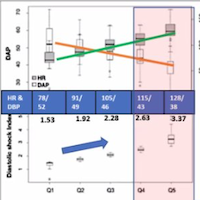
Diastolic Shock Index and Septic Shock Outcome
Early recognition and resuscitation of patients in septic shock are critical skills for an emergency medicine physician. Many clinical decision-making tools have been developed and validated in their use to identify and... read more
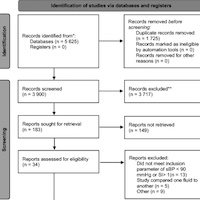
Prehospital IV Fluid Management in Severely Injured Trauma Patients
Weak, primarily observational evidence suggests that standard fluid resuscitation has no significant mortality benefit over restricting/withholding IV fluids in the context of severe/hypotensive trauma. This review adds... read more

Family Presence During Cardiac Arrest Resuscitation
This systematic review identified four key findings. Firstly, there was a lack of high-quality evidence on the impact of family presence during resuscitation on patient outcomes. Secondly, family members had varied... read more
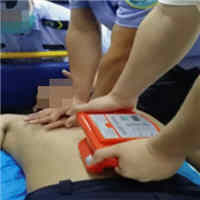
Evaluation of abdominal compression-decompression combined with chest compression CPR performed by a new device
Compression–decompression cardiopulmonary resuscitation (CO-CPR) was more beneficial than standard cardiopulmonary resuscitation (STD-CPR) in terms of survival benefits in patients who have suffered out-of-hospital cardiac... read more
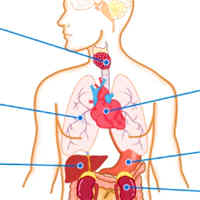
Is Continuous Intra-abdominal Pressure Ready For Prime Time?
Abdominal contents are primarily fluid in character so that pressure within this compartment follows Pascal's hydrostatic law. Intra-abdominal pressure (IAP) is the steady state pressure within the abdominal cavity and changes... read more
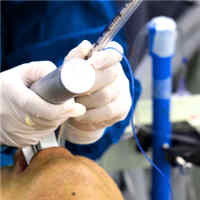
Improving Outcomes in Patients with Difficult Airways
Evidence indicates that the airway community has successfully conquered the anatomically difficult airway, as these patients are managed safely with a low incidence of morbidity and mortality. In contrast, the literature... read more

Advanced Bleeding Control in Combat Casualty Care
Consensus was reached on the contents of a standard bleeding control toolbox, where it should be available, providers and training requirements, international registries and guidelines, and potential indications for REBOA... read more

Expert Consensus on PeRcutaneous Cannulation for ECPR
We present inclusion and exclusion criteria and a comprehensive, detailed, generalizable list of best practices for extracorporeal cardiopulmonary resuscitation (ECPR) initiation following refractory out-of-hospital cardiac... read more

CRT-targeted Fluid Resuscitation vs. Lactate-targeted in Septic Shock
Capillary refill time (CRT)-targeted fluid resuscitation in septic shock was not superior to a lactate-targeted one on early fluid administration or fluid balances. However, it was associated with comparable effects on regional... read more
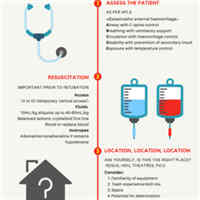
Critically Unwell Child Intubation in the ED
Intubation in the pediatric emergency department is scary stuff. For critically ill children who require intubation, it is rarely practiced outside of the critical care unit. With the centralization of services there are... read more
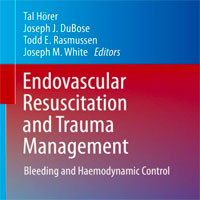
Endovascular Resuscitation and Trauma Management
This book focuses on endovascular methods for resuscitation and trauma management. Written by highly qualified and clinically active physicians from around the world, it shares information gathered over the past decade,... read more




